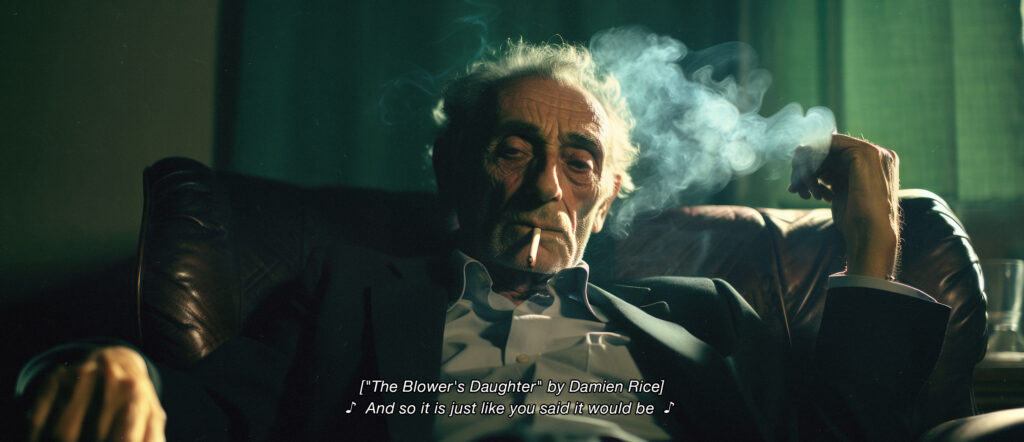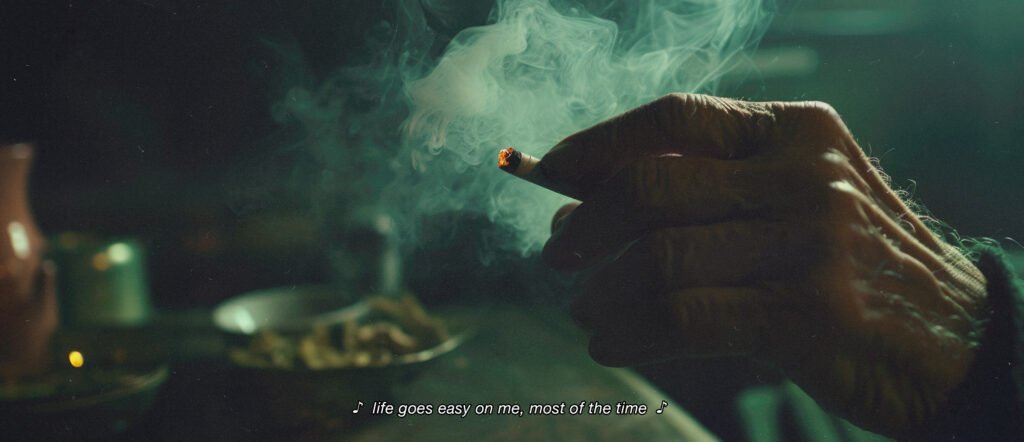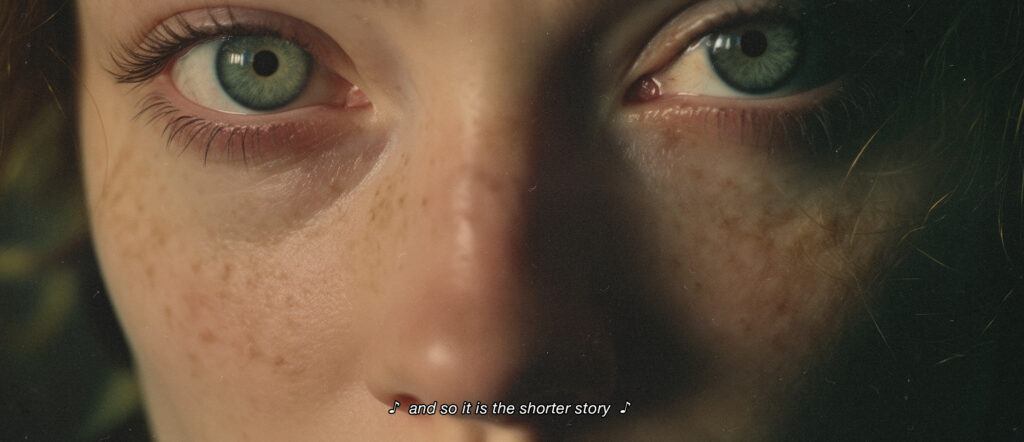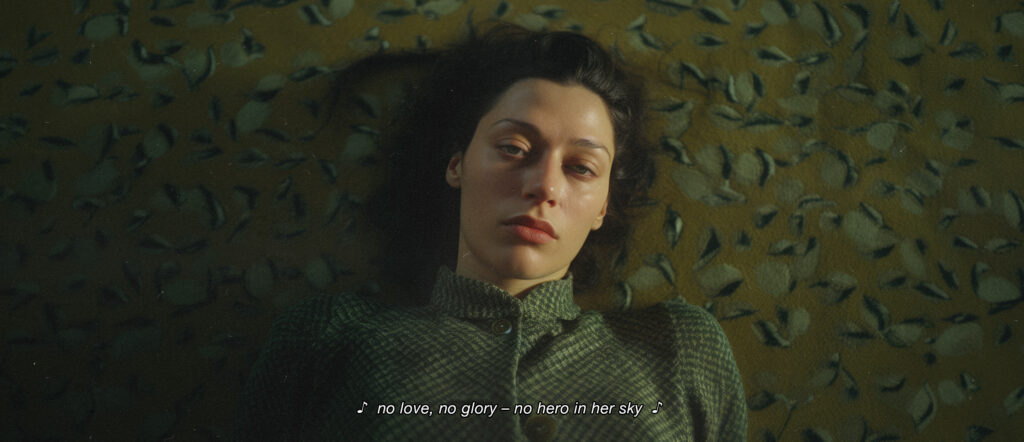AI BITS: THE PROMPT MASTERY, Lupe Fiasco x AI, ARVisual studio toolkit and a simple story of DIFFUSION MODELS
BIT #1
The prompt control that is out of this world! That is exactly the superpower of one of the most active and creative AI artists we have met so far. Meet Julie W. (@juliewdesign_). Creating visual narratives with traditional and generative-AI tools, specializing in graphic design, post-photography and storytelling Julie makes the most of her skills and the available technology. Not only the art she creates is aesthetically pleasing, it tells really decent stories. You just simply can’t miss it. Just take a look at one of her recent ones.
“I often visualize songs in my head, trying to translate the feelings they evoke into visuals – this inspiration is probably the driving force behind most of my aicinema creations”
‘The Blower’s Daughter’ by Damien Rice




artist: @juliewdesign_ / toolkit: Midjourney, Photoshop / source: X
BIT #2
Now, this one hits hard and it hits different. Lab Sessions: A new series of experimental AI collaborations. Instead of showing how AI can ‚take the jobs away’, the Google series is all about showing how AI can take the jobs to a whole new level. Let’s say, you are a rapper, quite a famous one, like Wasalu Muhammad Jaco, better known by his stage name Lupe Fiasco. Is there any way you can use the power of AI in your art? Of course… and it’s not just using ChatGPT to write the lyrics for you. Who would want that?! Anybody but not the real artists, right?! The american rapper and record producer has recently teamed up with Labs.google, a place where the creatives are testing hypotheses, learning from one another and creating new technology together. Having said that, Lupe Fiasco and the Lab team set out to build a new set of custom tools together. The final result is an experiment called TextFX, where you’ll find 10 AI-powered tools for writers, rappers and wordsmiths of all kinds. The future is here, hit your phone on silent and spend the next 6 minutes on watching the video below. It’s a game changer as some say.
“… if you’re interested in AI & creativity’s future these 6 mins will OPEN your mind. Fk fake trailers and Van Gogh everything. Fk a billion generated images of Wes Anderson style whatever. This is TRUTH – real creativity – amplified by careful and innovative thinking.”
as @jeremyjsomers said.
The TextFX is available here, give it a try if you want to take a closer look into how the experiment was built. If you want to see more of the great Lab projects visit the Lab Sessions blog here, you will be amazed by the Dan Deacon x Generative AI collab, as well as Georgia Tech and RIT/NTID x Sign language recognition. Collaboration with the machine, not competition, that is the right direction, isn’t it?
BIT #3
Without leaving the creativity theme today, we are moving straight onto another amazing example of how the use of generative AI can amplify the work. The founder of an AI Assisted Creative Agency NotContent Jeremy Somers has shared on X a story of one incredibly talented Director, VFX, and a maker of things Anthony Rubinstein that let us take a look at their creative process from behind the scenes. To say it takes our breath away is to say the least. Just take a look at how smart and professional it is. A one in a million example of a perfect human-machine relation.
artist: Anthony Rubinstein / source: X
If you are interested in getting to know more about the stunning work of Anthony Rubinstein head over to his Instagram account here or the YouTube channel. Pure gold.
BIT #4
If you have ever wondered how diffusion models create all of those unique images we get so much joy from then we have a nice high-level overview for you. The diffusion models are, to cut the long story short, the tools like Midjourney, used to generate images from random Gaussian noise. That’s right… noise! Tatiana Tsiguleva (@ciguleva) has posted a simple explanation of how they work. It all starts from the noise…
1. Starting with Random Noise
These models begin with what can be described as static, or random noise. This noise serves as the initial point for the image creation…

Check out the whole story here.